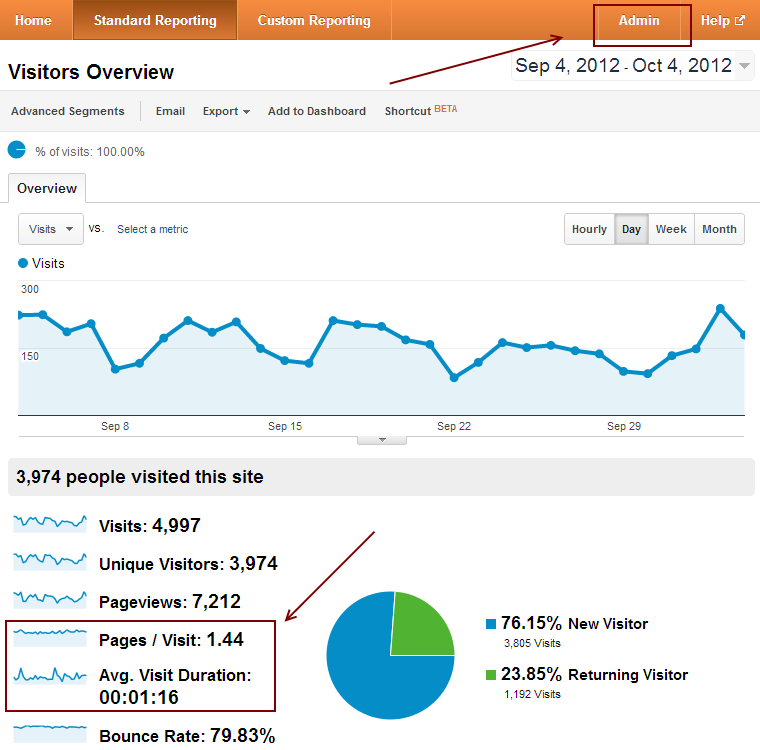Unveiling the Blind Spots: Understanding What Google Analytics Goals Can not Gauge
In the world of electronic analytics, Google Analytics stands as an effective tool for monitoring and examining online customer communications. Comprehending what Google Analytics goals can not gauge is vital for acquiring a comprehensive view of user actions and engagement.
Customer Habits on External Operatings Systems
Comprehending exactly how customers engage on exterior platforms is critical for optimizing on the internet techniques. External systems, such as social media sites networks, referral internet sites, and online discussion forums, play a significant function in driving traffic to a business's internet site. By examining user habits on these platforms, businesses can get beneficial insights right into the performance of their marketing initiatives and the choices of their target audience.
One trick facet of user behavior on external systems is the recommendation resource. By tracking where the users are coming from, services can identify which platforms are driving the most traffic to their web site. This details can help business assign their sources better, concentrating on the systems that yield the most effective results.

Offline Conversions and Interactions
Examining user behavior on exterior platforms provides useful insights right into online strategies; however, considering offline conversions and communications is equally important for a comprehensive understanding of a firm's total performance. Offline conversions, such as in-store acquisitions or phone inquiries, play a considerable role in lots of companies' success.

Acknowledgment Beyond Last Click
When diving into the realm of electronic marketing analytics, it becomes important to look past the solitary touchpoint of the last click for a more extensive understanding of attribution. While Google Analytics gives useful understandings right into user actions, depending only on last-click acknowledgment can be limiting - what data is google analytics goals unable to track. Attribution models that exceed the last click provide a much more nuanced sight of the client trip, taking right into account all the touchpoints that lead to a conversion
Acknowledgment past the last click permits marketing professionals to designate credit rating to various communications along the conversion course, providing a more clear image of the efficiency of different marketing networks. By checking out multi-touch attribution versions such as linear, time degeneration, or position-based acknowledgment, companies can better allot their advertising budget plans and optimize their approaches for maximum effect.
Understanding the impact of each touchpoint in the conversion process is crucial for making informed choices and making the most of ROI. By embracing acknowledgment beyond the last click, services can get deeper understandings into consumer habits and customize their advertising and marketing efforts better.
Cross-Device and Cross-Browser Tracking

In a similar way, cross-browser tracking complements cross-device monitoring by capturing individual habits as they switch over between various internet browsers. Understanding exactly how users engage with web sites on various internet browsers can help online marketers optimize their online experiences to guarantee consistency and performance across different systems.
Qualitative Information and Customer Intent
Understanding user intent via qualitative data evaluation is important for establishing targeted electronic marketing strategies that reverberate with the demands and choices of the target market. Qualitative data offers insights right into the 'why' behind customer activities, dropping light on motivations, emotions, and choices that measurable data alone can not catch. By analyzing user responses, remarks, and interactions, online marketers can uncover valuable details concerning customer intent, enabling them to tailor their messaging, content, and offerings to much better line up with what their audience is looking for.
Qualitative data additionally aids in comprehending the context in which users involve with an internet site or application. This contextual understanding enables marketers to develop even more pertinent and customized experiences, inevitably driving higher engagement and conversion prices. By delving right into individual intent with qualitative information analysis, businesses can obtain a deeper understanding of their target market, bring about much more reliable advertising approaches that satisfy customers' requirements and assumptions.
Verdict
To conclude, Google Analytics goals have restrictions in gauging customer behavior on outside platforms, offline conversions, acknowledgment beyond last click, cross-browser and cross-device tracking, and qualitative information connected to individual intent. what data is google analytics goals unable to track. It is crucial for businesses to be familiar with these dead spots in order to look at here now supplement their information evaluation with other tools and approaches to gain a much more thorough understanding of their audience and enhance their general electronic advertising strategies
By reference assessing customer behavior on these platforms, services can obtain valuable insights into the efficiency of their advertising Our site and marketing efforts and the preferences of their target audience.
Evaluating individual habits on exterior systems gives useful insights into on the internet approaches; nonetheless, considering offline conversions and interactions is equally vital for a thorough understanding of a firm's total efficiency.In electronic advertising and marketing analytics, relocating past last-click acknowledgment to explore cross-device and cross-browser tracking is vital for acquiring an alternative understanding of individual interactions across various systems and gadgets. By evaluating user feedback, remarks, and communications, online marketers can uncover valuable details regarding individual intent, allowing them to tailor their messaging, web content, and offerings to much better line up with what their audience is looking for.
By diving right into individual intent with qualitative data analysis, organizations can obtain a deeper understanding of their target audience, leading to much more reliable advertising and marketing methods that meet users' demands and expectations.